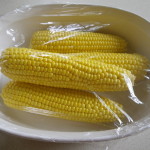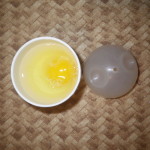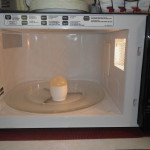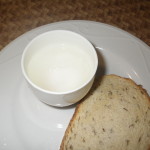Is there anything new out there about nutrition and microwave cooking?
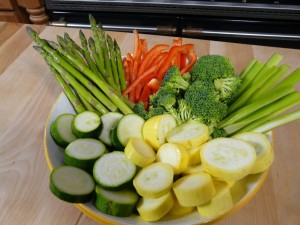 One of our readers asked about this a few weeks ago, and since I’ve written several posts about microwave cooking, I got the chance to take a closer look at this topic.
One of our readers asked about this a few weeks ago, and since I’ve written several posts about microwave cooking, I got the chance to take a closer look at this topic.
I immediately took to the web. After a quick search, I decided to check in with some former colleagues and equipment experts. After that, it was back to government websites, and chats with some university researchers.
Overall, the consensus seems to be that there is not much to be concerned about.
Let’s take a closer look at the research. There have been studies in the area of commercial microwave processing, but there doesn’t appear to be much that’s new when it comes to home microwave cooking. The general wisdom has been that microwave ovens help food retain more nutrients than conventional cooking does, and this is still the case.
Early studies about microwave cooking stated that cooking in the microwave had minimal nutritional effect on proteins, lipids, carbohydrates, and minerals. Most of the research back in the early 1980s looked at vitamins in food and the conclusion was that there were only slight differences in vitamin retention when it came to microwave vs. conventional cooking.
Let’s go back to what we know about nutrient retention in the first place. Heat is one of the major factors. This is the same no matter how the food is cooked: in the oven, on top of the stove, or in the microwave. Vitamin C is one of the first vitamins to dissipate with heat. The longer something is heated, the more vitamins are lost. So, if you’re cooking quickly in the microwave, then you theoretically will lose less of heat-sensitive vitamins than you would if you were cooking slowly on a stove.
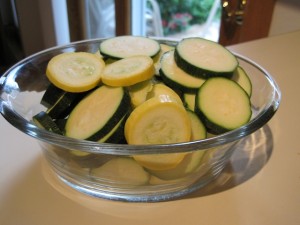 We also know that cooking water is a source of nutrient loss. When vegetables are cooked in water, the water-soluble nutrients leach into the water. So, again, microwaves could “win” here because the recommendations are to use only small amounts of water when cooking in the microwave. Generally, cooking anything in the microwave uses less time and less water, which translates to less nutrient loss. You get similar results with steaming and stir-frying. Boiling seems to be the biggest source of water-based vitamin loss. Folic acid, Vitamin C, retinol, and thiamine (B1) are the most heat-sensitive and water-soluble vitamins. Fat-soluble vitamins (A, D, E, and K) aren’t usually lost in cooking (3). It also appears that microwave cooking enhances mineral retention in vegetables if they’re cooked for a short time in minimal water (2).
We also know that cooking water is a source of nutrient loss. When vegetables are cooked in water, the water-soluble nutrients leach into the water. So, again, microwaves could “win” here because the recommendations are to use only small amounts of water when cooking in the microwave. Generally, cooking anything in the microwave uses less time and less water, which translates to less nutrient loss. You get similar results with steaming and stir-frying. Boiling seems to be the biggest source of water-based vitamin loss. Folic acid, Vitamin C, retinol, and thiamine (B1) are the most heat-sensitive and water-soluble vitamins. Fat-soluble vitamins (A, D, E, and K) aren’t usually lost in cooking (3). It also appears that microwave cooking enhances mineral retention in vegetables if they’re cooked for a short time in minimal water (2).
Australia’s national science agency, the Commonwealth Scientific and Industrial Research Organisation (CSIRO) shares that there have not been any reports of non-heat-related effects on the carbohydrates, protein, or fat of foods when they are cooked in the microwave oven. According to CSIRO, the quality of protein is higher in microwaved food than in conventionally-cooked food because less oxidation occurs in the meat (2). CSIRO also stresses that foods cooked in the microwave do not have a radiation risk, stating that microwaves do not remain in the food and are not capable of making the food or the oven radioactive.
Moreover, the Harvard Medical School Health Guide (4) reported that “Italian researchers published results in 2008 of an experiment comparing three cooking methods—boiling, steaming and frying—and the effect they had on the nutritional content of broccoli, carrots and zucchini. Boiling carrots actually increased their carotenoid content, while steaming and frying reduced it. One possible explanation is that it takes longer for vegetables to get tender when they are steamed, so the extra cooking time results in more degradation of some nutrients and longer exposure to oxygen and light” (5).
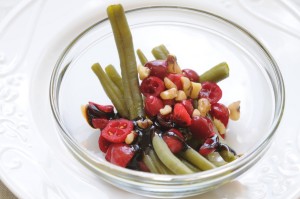 Cooking can cause some destruction of phytochemicals and antioxidants because some are water-soluble and sensitive to heat and air. But other compounds like lycopene become more available when heated (3). Since microwave cooking is so quick, there may be a trade-off of fewer carotenoids for more heat- and water-soluble vitamins.
Cooking can cause some destruction of phytochemicals and antioxidants because some are water-soluble and sensitive to heat and air. But other compounds like lycopene become more available when heated (3). Since microwave cooking is so quick, there may be a trade-off of fewer carotenoids for more heat- and water-soluble vitamins.
Several websites state that studies have shown that there is substantial loss of the anti-infective properties of breast milk if it is microwaved at too high heat (5). However, further research explained that it is excess heat (microwave or conventional) that has this effect. The Centers for Disease Control and Prevention (CDC) recommend avoiding the microwave when heating expressed human milk due to the fact that microwaves do not heat liquids evenly, and this uneven heating could easily scald a baby. Bottles may also explode if left in the microwave too long. Plus, excess heat can destroy the nutrient quality of the expressed milk (6).
So, let’s review.
Overall, not much has changed about nutrient retention and microwave cooking.
Quick cooking times combined with small amounts of water seem to have a positive effect on nutrient loss — especially when cooking vegetables, which I think are the best and easiest foods to cook in the microwave. Maybe microwave cooking will encourage people to eat more vegetables, which would be another win for the microwave.
By Cheryle Jones Syracuse, MS, Professor Emeritus at The Ohio State University
References
- Leskova, Emila, et al. “Vitamin Losses: Retention During Heat Treatment and Continual Changes Expressed by Mathematical Models.” Journal of Food Composition and Analysis (2006); (19) 4: 252-76.
- CSIRO The Safety of Microwave Ovens http://www.csiro.au/Outcomes/Food-and-Agriculture/safety-of-microwave-ovens.aspx
- About the Buzz: Microwaving Fruits and Vegetables Kills All their Essential Nutrients? http://www.fruitsandveggiesmorematters.org/microwaving-fruits-vegetables-kills-all-their-essential-nutrientss
- The Harvard Medical School, Family Health Guide, Microwave cooking and nutrition http://www.health.harvard.edu/fhg/updates/Microwave-cooking-and-nutritio
- Quan, R, et al. “Effects of microwave radiation on anti-infective factors in human milk.” Pediatrics, 1992 April; 667-9. http://www.ncbi.nlm.nih.gov/pubmed/1557249
- Centers for Disease Control and Prevention, Proper Handling and Storage of Human Breast Milk, http://www.cdc.gov/breastfeeding/recommendations/handling_breastmilk.htmn.shtm
But wait, there’s more! If you want to help your clients learn about how they can use microwaves to prepare healthful and delicious dishes, then you’ll definitely enjoy this two-page handout about using a microwave. Get a free copy today!
This handout is excerpted from our popular book, Home Run Cooking. If you like what you see, get the rest of the program!



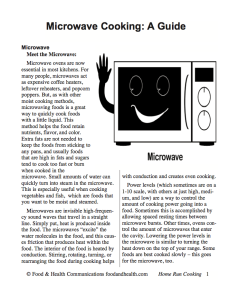

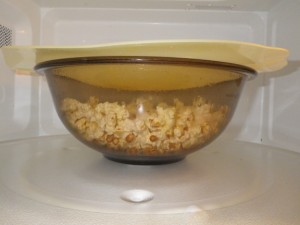



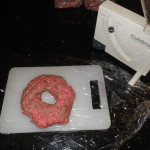
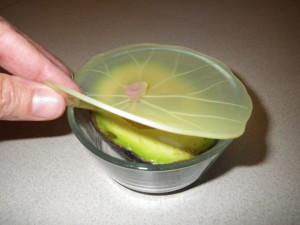
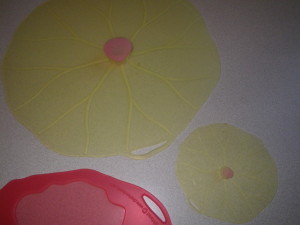
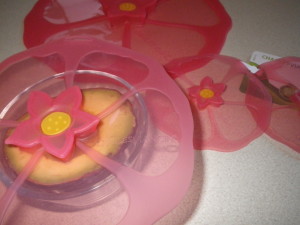
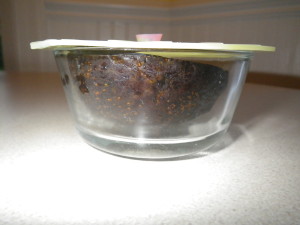
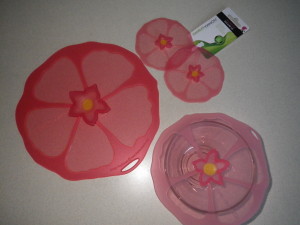

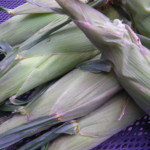 I’ve been cooking corn-on-the-cob in my microwave for many years. It’s fast and easy, especially for just one or two people. But once you start cooking more than a few ears of corn, it takes less time to boil them on the stove or cook them on the grill.
I’ve been cooking corn-on-the-cob in my microwave for many years. It’s fast and easy, especially for just one or two people. But once you start cooking more than a few ears of corn, it takes less time to boil them on the stove or cook them on the grill.